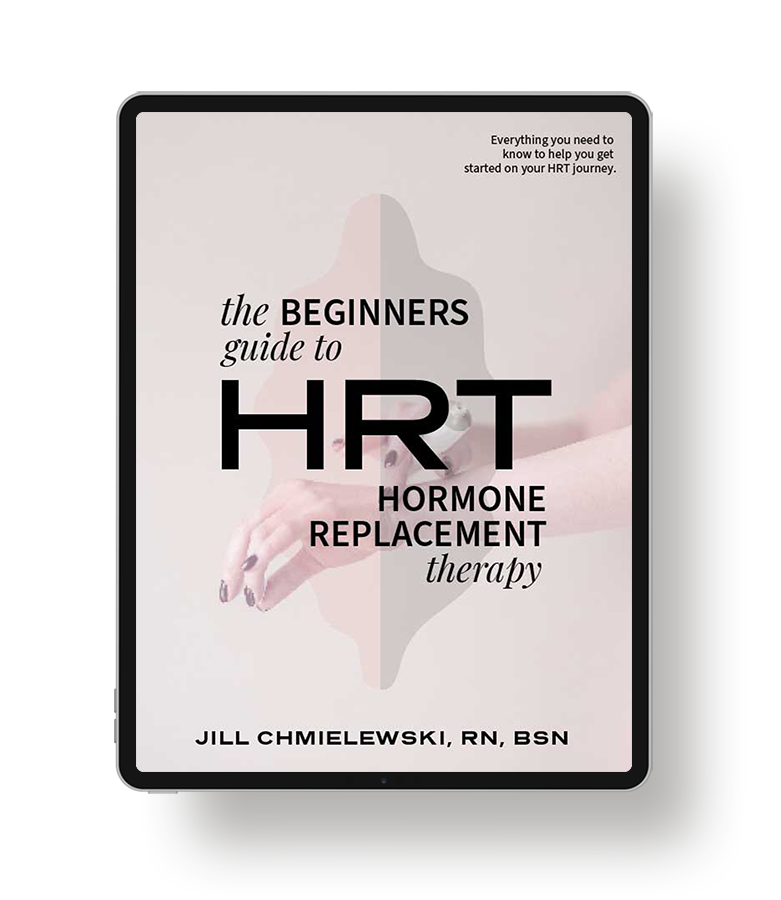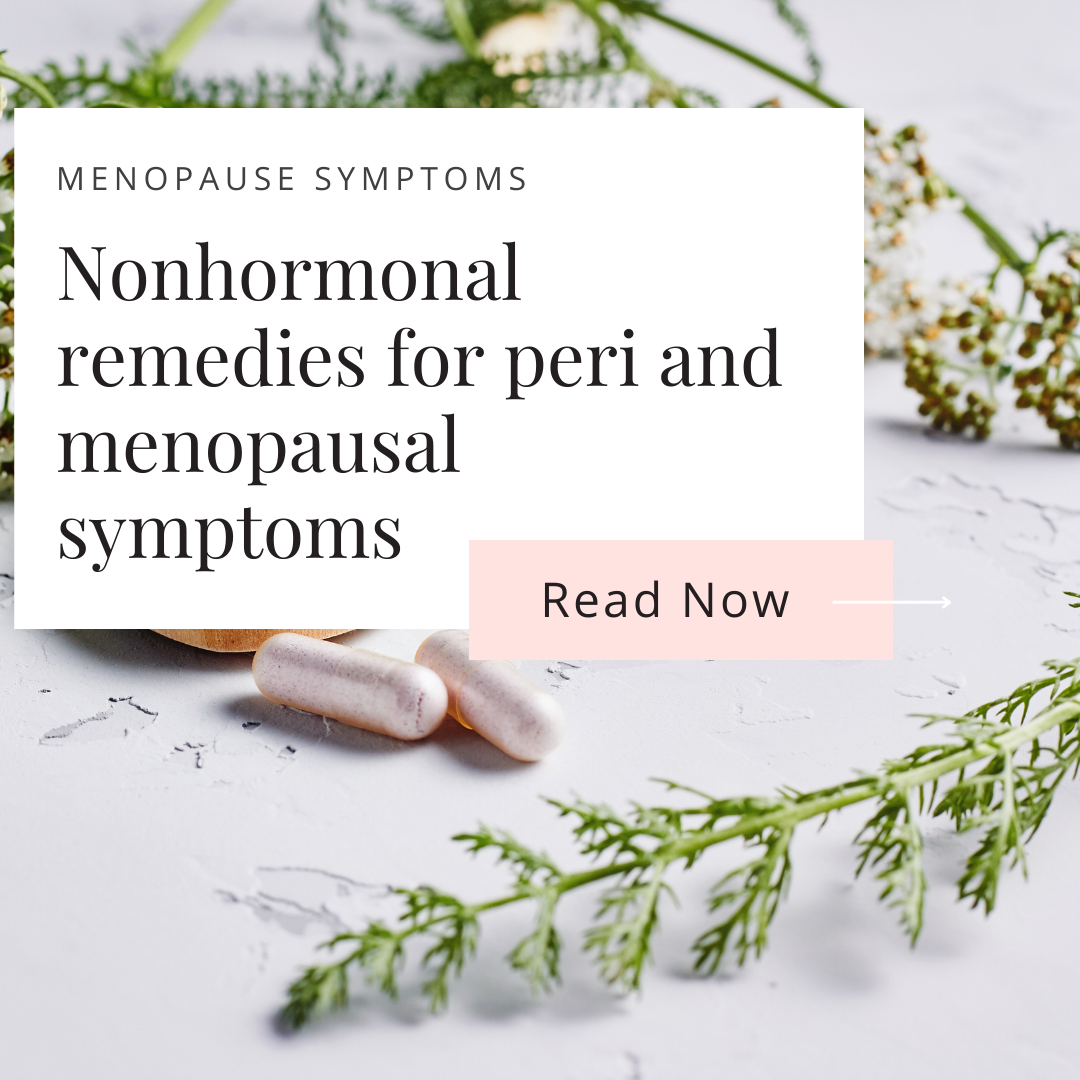You’ve probably heard the terms “free radicals,” “antioxidants,” and “oxidative stress.” You also likely know that free radicals are harmful and that antioxidants help to combat the effects of free radicals. And if there are too many free radicals and not enough antioxidants, bad things happen like cancer and chronic disease. But do you know how these free radicals harm your body?
I find this topic to be confusing among clients and patients, so I wanted to provide a simple explanation to help you understand how free radicals harm the body ~ that way, you can take steps to prevent oxidative damage and disease.

So let’s start with the basics. What is a free radical?
Free radicals are unstable, highly reactive particles that can essentially “burn” things that they touch through a process called oxidation. Tracy Harrison, the founder of the School of Applied Functional Medicine, describes free radicals as “embers in the fireplace.”
Imagine you are sitting on a couch, watching a fire in your living room. As the fire gets hotter, you likely notice some embers rising out of the fire. If the embers leap out of the fire, they have the potential to burn a hole in your carpet, your sweater, your skin, or anything else that is nearby.
That’s a perfect analogy for how free radicals harm the body. They are essentially little embers that run amuck and burn the cells in our body.
We generate free radicals all day long.
The act of breathing, eating, walking…… even sleeping generates free radicals. Free radicals are a natural byproduct of the various metabolic processes in the body. But there are external factors that generate free radicals as well ~ things like smoking, exposure to the sun, environmental pollution, chemicals that are in our personal care products, food, kitchen and cleaning supplies, and so on.
The cells in our body are being assaulted by free radicals all day long. And unbeknownst to us, our body is busily repairing cellular damage from free radicals All DAY LONG as well.
Bruce Ames, a biochemist at the University of California at Berkeley, has estimated that each cell endures 10,000 oxidative hits every day from errant free radicals, and nearly all are immediately repaired.
But what happens when those cells don’t get repaired?
When our body’s damage repair systems break down because of too many cellular assaults (i.e. free radicals) or not enough repair kit supplies (i.e. antioxidants and nutrients), we suffer from oxidative damage. Left unrepaired, we can wind up with a whole slew of health issues.
So how does free radical damage translate into chronic disease or cancer?
Each of the cells inside our body contains DNA. DNA (deoxyribonucleic acid) is the cell’s genetic material ~ it’s sort of like a manual of instructions that tells the cell what to do. Our DNA or manual of instructions is inherited from our parents.
When the cell gets damaged from free radicals, the manual of instructions gets damaged too. So the cell starts to behave a little funny. It starts working off of a faulty set of instructions.
Let’s go back to the fire example once again. Let’s say you are in your living room, with a fire in the fireplace, putting together a bookcase from Ikea. Some embers from the fire jump out of the fireplace and land on your Ikea instruction manual. You stomp the embers out, but when you try to read the instruction manual, you realize that some of the detail is missing. It will be difficult to build the bookcase correctly without detailed instructions. (And those bookcases are pretty tricky, to begin with)!
That’s essentially what happens to your DNA when it is damaged. Oxidative damage from free radicals causes some of the critical genetic information to be missing from the cell book of instructions. As a result, the cell DNA becomes mutated, and the cell behaves erratically.
What does oxidative damage have to do with cancer?
In the case of cancer, it is believed that most cancers are the result of multiple mutations in the cell and not just a single mutation. Some mutations are inherited from our parents, and some build up over time. Our immune system is designed to identify questionable mutated cells and to wipe them out.
But sometimes the body’s built-in safety back up systems fail, and those damaged, mutated cells may proliferate and become cancer or some other unwanted disease.
Cancer occurs when sufficient DNA damage builds up and it can no longer be repaired. There are often multiple factors at play when it comes to cancer, but oxidative damage and multiple cell mutations are some of the factors known to contribute to cancer cell growth.
What can we do to prevent oxidative damage and to help support DNA repair?
Start with environmental factors.
Pollution, chemicals, toxins, radiation and other offenders hide in plain sight in the environment around us. Take a survey of your environment and try to decrease your exposure to anything that may be harmful to the DNA in your precious cells. This includes things such as smoking and spending too much time in the sun without sun protection.
Address food and lifestyle factors.
Cooking with cheap vegetable oils, charring your meat on the grill, excessive exercise (exercise produces A LOT of oxidative damage), eating poor quality processed food, skimping on sleep, stress ~ I could go on and on. Let’s just say that the typical American lifestyle is a primary feeder for oxidative damage. These things promote inflammation and increase free radicals in the body, so you’ll want to start thinking about making food and lifestyle choices that support the health of your cells.
Aging naturally increases the risk of oxidative damage.
Aging cells are naturally more prone to DNA damage, which is why we often see the risk for cancer and chronic disease increase as we age. It’s particularly important if you are in your midlife to later years to continue to make food and lifestyle choices that support healthy cells.
Increase antioxidant intake.
Increase your nutrition to include a wide array of whole foods, especially antioxidant-rich foods. Antioxidants work like little firemen putting out those pesky embers that if left alone, could burn the cells and cause harm. Plant foods tend to be highest in antioxidant content, with berries, spices, herbs, green and white tea, and cocoa at the top of the list. You can see the antioxidant scores of various foods by visiting Superfoodly.
Glutathione is our body’s #1 internally made antioxidant. It’s a fairly expensive supplement, so we often recommend taking N-acetyl cysteine (NAC), which is the precursor to glutathione. Other antioxidants include Vitamins A, C and E, bio-flavinoids, CoQ10, and the minerals selenium, zinc, and magnesium.
Sources:
Harrison, T.. 2019. Cancer: What Every Practitioner Needs to Know (Deep dive clinical course). The School of Applied Functional Medicine. Last updated 2019.





